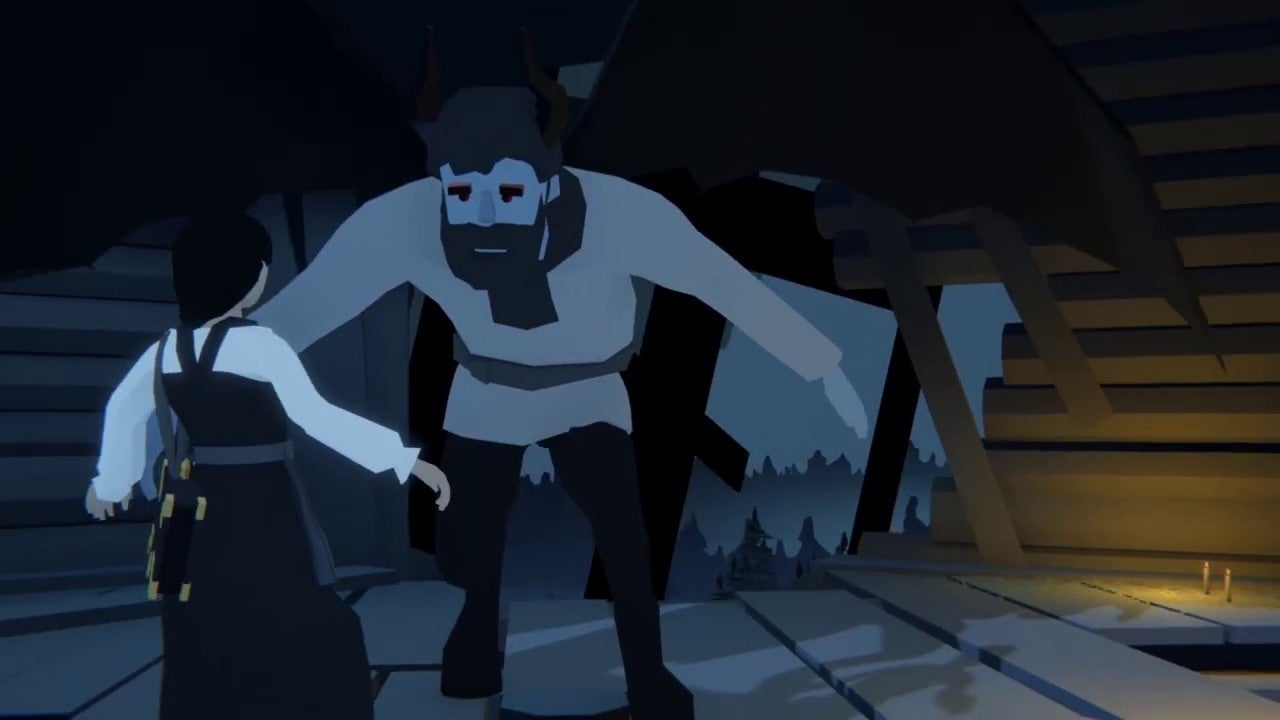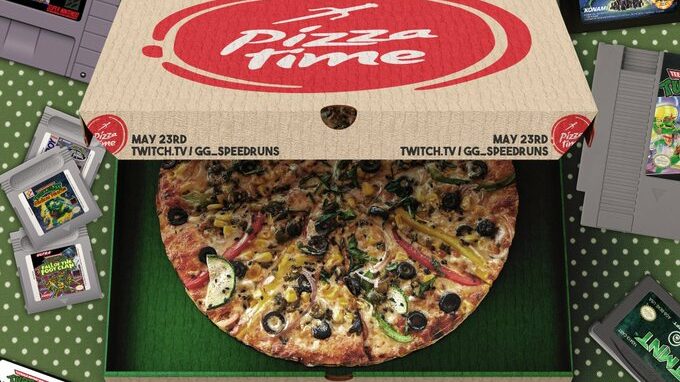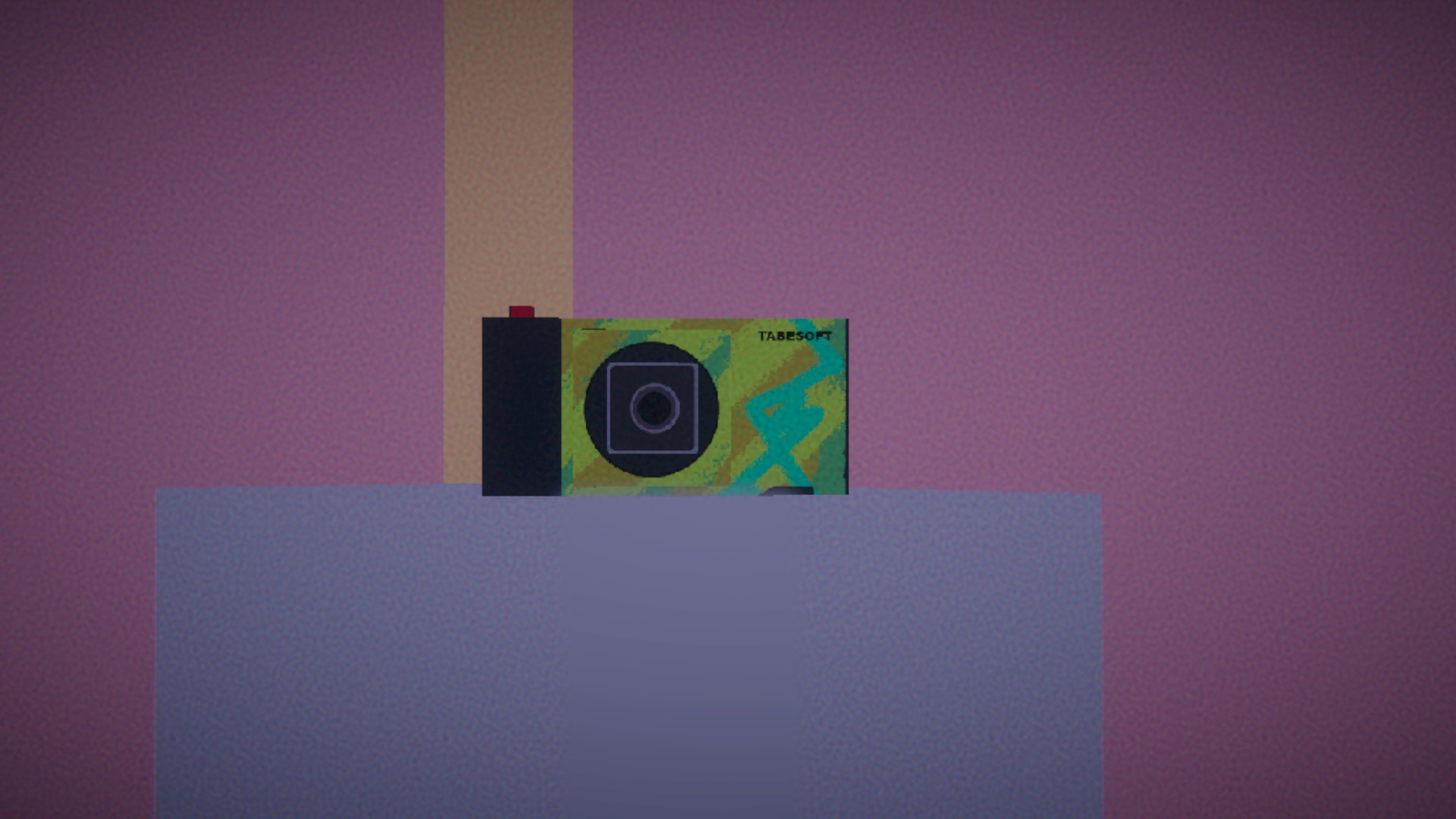Share
Every video game has traditions that they uphold. Final Fantasy always has a character named Cid, Call of Duty has the Nuketown multiplayer map, and Link will always get the Master Sword. And while it’s good to have fun callbacks, some games rely on ideas and concepts that are holding them back. Pokémon is one such franchise.
Nostalgia is a good tool for game developers to use. Whether by remaking their old games, having fun easter eggs that callback to past titles, or building upon certain design choices that players like. These are all great, but games like Pokémon have been using the same design choices for over twenty years, and frankly, it’s time to move on.
Fans will groan when the Pokémon Company gives Charizard a new form or remake the first generation games for the third time, but that isn’t precisely the point. You could be playing Sword & Shield or Brilliant Diamond & Shiny Pearl and realize that these games are almost the same in many ways. For example, why do we always have to start with water, grass, or fire Pokémon? Why not something new like Psychic, Dark, & Ghost-type? Or why not have a starter for each type? Talk about replay value and differences in team building. The games give you Pokémon at specific times to try and give a semblance of balance, but there is always one starter that will make the game much easier and one that will make it much harder. These games are balanced in the sense of type advantages and disadvantages, but once there is a basic understanding of this gameplay, you begin to realize how similar each game is. This leads to two problems, the same kinds of Pokémon being introduced at the same time in every game and issues with difficulty options.
Birds of a Feather
Back in Red & Blue, as one travels down route one, looking for new Pokémon to battle and catch, they come across creatures like Pidgey, the bird-type, and Rattata, the normal-type . Not much further, you can enter Viridian Forest and catch the famous electric type Pikachu and bug-types like Caterpie and Weedle. In the following games, Gold & Silver, the first few creatures you can catch are Hoothoot the bird, Sentret, a normal-type, or the bug-types Spinarak and Ledyba. Fast forward to Sword & Shield, and it’s still the same; the first you can obtain is the bird-type Rookidee, normal-types Skwovet & Wooloo, the electric Yamper, and the bug Blipbug. If this sounds repetitive, imagine how it feels to play. Sword & Shield came up with a new idea to combat this repetition via the wild area (large spaces with many different types to catch). Still, they shot themselves in the feet by making it so certain Pokémon are too high of a level to catch, with no explanation as to why. At some point, these games are just giving us the same experience, with a new coat of paint.

Despite giving the player the same kinds of types at the same time, it doesn’t seem like it’s for the purpose of balancing difficulty. Pokémon games aren’t difficult, in any sense of the word. Any difficulty is left to player choice and how they choose to tackle team building. It’s not because of any challenge the developers impose. Once the player knows type match-ups and what type is good against another, they can steamroll the whole game. All the trainers and gym leaders fought are assigned one type that they battle with. So if a water-type trainer or gym leader is being fought, all you need is one electric type (since water is weak to electric), and all of their Pokémon can be one-hit KO’d. This leads to very short, very dull fights. It’s been this way since the first games, and it’s never changed. But why not have it so every trainer and gym leader isn’t type exclusive and instead, they all have multiple types, making the player have to rotate team members and not steamroll through each trainer. Why would fighting a trainer with five low-level Magikarps be fun? Having non-type exclusive trainers would make things like caves and fighting trainers while surfing less redundant and lead to players not demolishing entire fights with their starter.
The difficulty has always been a problem in Pokémon and leads to another issue the franchise has; an identity issue. These are family-friendly games meant for people of all ages, that doesn’t mean it should be made for just children in mind. There are plenty of ways to make the franchise more geared towards adults while lowering entry barriers for children—things such as a difficulty option. Everyone plays games at different difficulty levels, and there are always multiple barriers of entry for people, so why not just give more options in general? Level scaling would be massive, especially since newer games in the franchise have EXP share, so all of your Pokémon stay around the same level anyway. Level scaling could mean that if the player wants a challenge but wants to focus on things like expanding their Pokédex, their team won’t become over-leveled and thus make the game even easier.

The idea of family-friendly is perhaps the biggest culprit of how the franchise refuses to move on. It all begins from the start; after the choice of a starter Pokémon is made, the player is introduced to their rival, a design choice meant to be a sort of tutorial. Rivals introduce the player to things like trainer battles, catching monsters, type advantages, and disadvantages, etc. The rate at which the player runs into their rival differs, but in Sword and Shield, it feels like they stop you at every second step, especially in the early game. This way of introducing certain gameplay aspects is excellent for players who have never picked up one of these games but is also highly tiresome for veterans of the franchise. There should be a way to turn the forced tutorial off, especially since the nature of the franchise is to be replay value thanks to team building; meaning many people will have to go through that tutorial multiple times.
The concept of having a rival has also plagued the franchise since its beginning. It may be a somewhat effective way to teach the player, but it’s just plain stale. They aren’t much of a rival since, in games like Sword and Shield, Hop doesn’t antagonize you. You don’t have this feeling of contempt towards him like you do Blue from the first generation of games because Hop is nice. In contrast, Blue belittles you despite you consistently winning, making your conviction to win even stronger. Hop gets beaten within an inch of his life every time he is fought and manages to stop the player every time they turn a corner. Again, it gets stale, just like other narrative elements.
Team Rocket? No? Whatever…
Three things are certain in life, death, taxes, and Pokémon games having an evil team forced into their narrative. Team Rocket, Team Aqua/Magma, Team Galactic, Team Plasma, Team Flare, Team Skull, and Team Yell. My God, does it ever get ridiculous, and the motivations become stupid and shallow at some point. All Team Yell does is follow around a particular character and cheer for them loudly. They’re barely part of the plot in Sword & Shield, and the story suffers greatly for it. It seems like there is no other reason this weak story keeps being brought back other than tradition. This shallow story-beat is not why people play Pokémon. Would anyone care if you don’t have to beat discount Team Rocket again?

Every game in the series starts by welcoming you to your Pokémon adventure. And while it is your tale, you’ll have to go through the story, which is never worth more than a first look. By playing any of the games, it’s not a far stretch to say that story isn’t a priority when it comes to developing these games. They lack the very thing they try to promote, grand adventure. The games push you to go battle gym leaders, then the elite four, and throw in the weak, evil team plot points mentioned above. You can’t freely roam, catching whatever Pokémon you please, as areas are unlocked once specific story requirements are met, like beating a particular gym or obtaining special items. You don’t get to go on your own adventure; you observe the boring one laid out before you. The franchise has been reusing the same story beats since 1996, and they need to move past them. You have to do the story, so why not make them good? There is no sense of grand adventure, emotional depth, interesting plot lines, side quests, and the characters never mean anything other than an easy battle to get past. Rinse and repeat for over twenty years. Games can have emotional depth and meaningful worldbuilding and still be for a family-friendly audience. Look at The Legend of Zelda, another successful Nintendo franchise that does precisely that.
The issue is that no one is playing these games for the story. So why is Gamefreak dead set on including the same narrative elements that they’ve always had? Nobody is going to be upset if there is no trivial or if they don’t have to fight Team Rocket for the one-hundredth time, so why not get creative with it? Other game franchises do this too. Final Fantasy is still using the “four heroes of light” plot point for over thirty years. The stories in that game series that move away from that repetitive plot, like Final Fantasy VI. VII, & X, are what most consider to be the better stories. What makes Final Fantasy, Final Fantasy is the RPG elements, the feeling of grand adventure, and the Dungeons & Dragons fantasy elements, not a thirty-four-year-old plot device. Pokémon is doing exactly this. When you box yourself in by forcing a boring plot trope, you’re throwing a lot of creativity out the window for good storytelling. Movies and games are two different mediums, but perhaps the best story, the first Pokémon movie didn’t have a rival or focused on Team Rocket as the bad guy, the story focused on what made the series popular, having strong bonds with your Pokémon. The villain wasn’t some group of gangsters that were there for comic relief, it was the Pokémon Mewtwo, that had emotional depth. That’s why this one film trumps the entire game franchise’s storytelling because it takes the chance of going outside the box and making you feel something deep. The games are, after twenty-five years, essentially forcing themselves to be boring and repetitive.
Pokémon is supposed to catch a wide net for a broad audience, but the reluctance to move on from gameplay concepts that they’ve been redoing for over twenty years has long grown stale. Gameplay decisions, story beats, and lack of options are becoming more apparent than ever, if not staring players right in the face. At this point, the series has downright refused to grow up with its audience, as chains of the past are holding it back.




